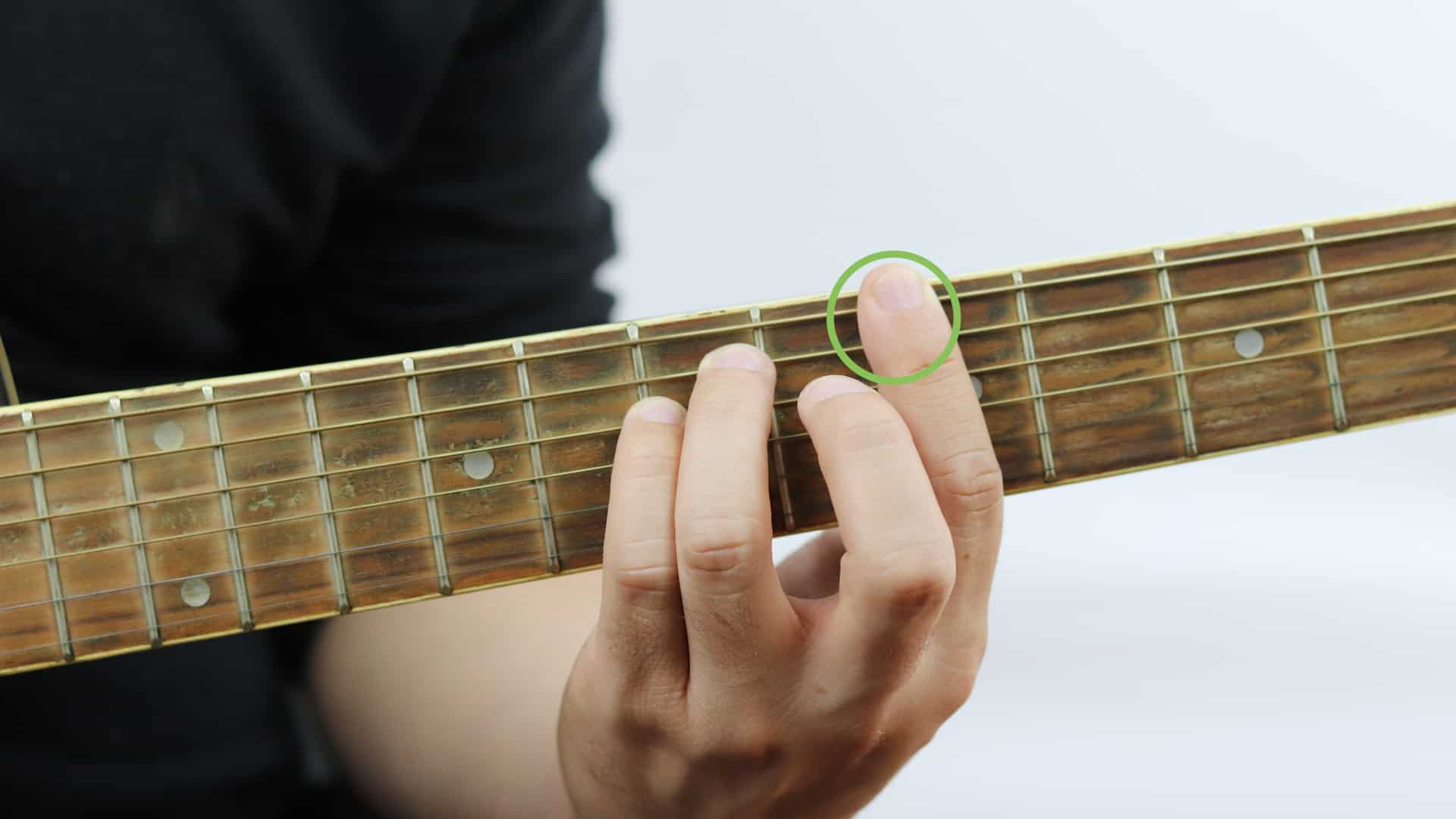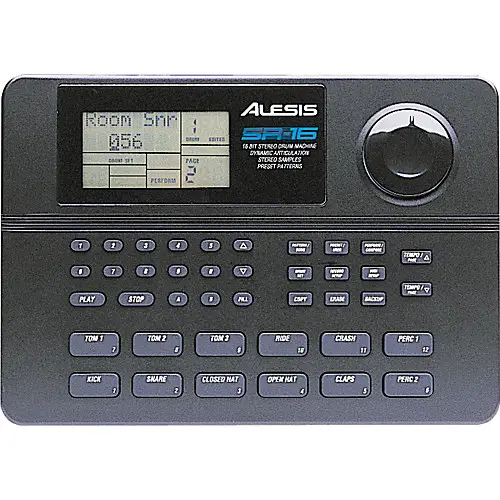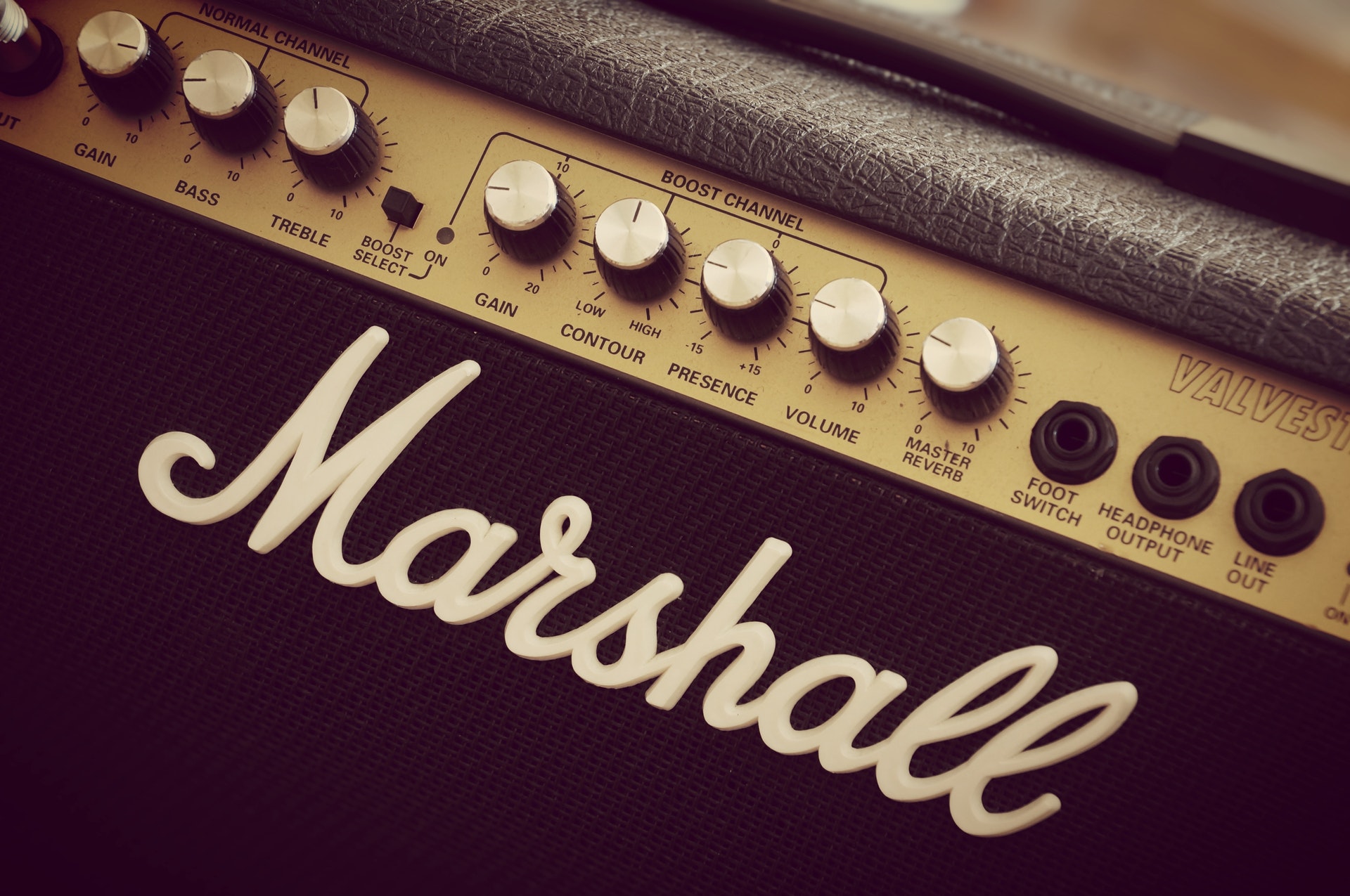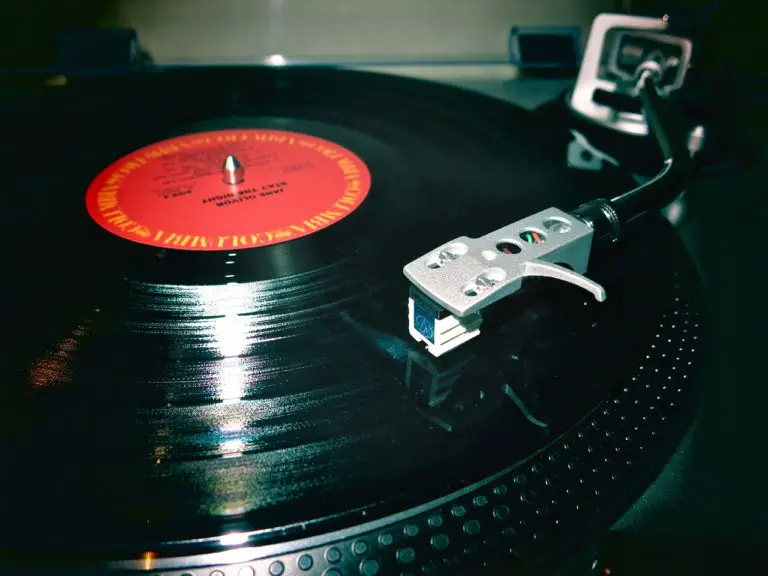How To Practice Scales: An Easy Guide
There’s so much to learn when first picking up a guitar. After practicing rhythm and strumming you’ll probably find yourself practicing scales so I wrote this guide to help make practicing scales easier for fellow guitarists at any level.
What’s the easiest way to practice scales? Practice chromatically in small chunks using the “circle of fifths” technique at least once a day. You can also monitor and alter tempo by using a click and drum beat that has the same sub-division (e.g. using quarter notes.)
Whether it’s through metronomes, learning the fretboard or tutoring games like Rocksmith! We’ve got an entire article diving into unique practice techniques and the nitty-gritty details.
The Pianist’s Triad
I know what you’re thinking. You haven’t touched a piano since you were 9, what’s this going to do? Sacrilegious… you’re no pianist!
They’re all valid concerns but believe it or not; these techniques are bound to be helpful whether it’s a stringed instrument like bass/guitar or a keyed instrument like keyboard/piano. The struggle towards scale dexterity is essentially one and the same.
1. Fingering Techniques
Fingering supports natural fluent scale playing. Here is Melanie Spanswick – classical pianist, teacher, writer, and composer – talking about the importance of scale fingering.
Most guitarists struggle with having complete control over each of the four fretting hand fingers and what is worse, it often goes unnoticed. Often, they will play a scale and be so focused on playing the right notes that they won’t pay any attention to various fingers doing some wacky and quirky little things.

I recommend you stop reading this for a second and try to film yourself playing a scale, as you normally do on your smartphone/camera, and take a look at how your fretting hand behaves.
Note: The picking hand often behaves weird too so be sure to be on the lookout. If you want to play anything on the guitar with any sort of speed you need to have the ability to use alternate picking (if using a pick) or use alternate fingers (if playing fingerstyle).
You can of course use legato techniques such as hammer-ons and pull-offs but these aren`t always an option (for example while playing notes on more than one string). Plus legato gives a different tone to actually plucking notes.
2. Practice in chunks
According to Warren McPherson, (a professional musician and highly successful YouTube piano teacher), pianists practice their scales in small chunks. “No more than 3 keys each day. Make it a daily exercise. Make it a part of your routine. The morning is a great time to practice as you’ll feel refreshed and rested. Take 10-15 minutes per day and assign that to scale practice only.”
Practicing every single scale in one sitting can slow down your learning. Learning in small chunks is the key to successful scale practice.
3. Practice Chromatically
Key Notes, suggest practicing chromatically rather than through the circle of fifths.
Many of us, love to practice the ‘easy’ scales first and leave the hard scales to the last minute. Practicing in the circle of fifths means you get through the nice, easy C G D A E B scales before reaching the more challenging keys.
This can be detrimental to our learning! If anything, we want to get into the habit of practicing the difficult keys in and around the easier keys. This way, we will be fully prepared for anything when it comes to the exam. Work chromatically and you won’t be tempted to leave the more difficult scales until the end.
Metronomes
More often than not, people will tell you that you need a metronome to practice scales. While adding a metronome isn’t very helpful if you’re just starting out, it’s definitely a step in the right direction.
A good metronome will help you keep track of your tempo as a musician and will make you accustomed to the various speeds your fingers have to offer, may it be slow and melodious jams with backing tracks, or a thrash shredfest in your local guitar community.
You should aim to practice with a click and drum beat regularly. Try playing the scale once for a variety of tempos using the same sub-division (e.g. using quarter notes).
Practice a good mix of faster and slower tempos. Faster tempos are obviously harder from a technical point of view. Having the technique to keep up is really tough, but not many guitarists realize that practicing at a really slow tempo with a click or drum beat is also really hard!
When the tempo is super slow there is more space between each click making your aim of playing notes bang on the click harder as there is more margin for error.
A good metronome will also set you back anywhere between $0 and a whopping $300 (almost as much as a new guitar.) But, if you’re like me, tight on budget and want to practice to a tempo, then don’t fret (pun intended).
The free options are just as good if not better in some cases. There are many apps you can download for your computer, or iPhone and use it right then and there, and on the go. And the coolest thing about these apps is the sheer customizability they offer.
Some metronome apps allow you to go up to speeds you never even thought were humanly possible! (Unless you’re Kerry King of Slayer!)
Learning the notes
Before diving into the online options or app store, you need to know where all the notes on the fretboard are and be able to recall them quickly.
This can only be achieved through patience so don’t try and remember which notes correspond to which fret & string. Just learn the scale ‘boxes’. (A scale ‘box’ is essentially just the basic 4-finger shape pictured above.) The scale pictured above is the G-major scale.

Say for example if you wanted to learn G major, you can look up the notes (G A B C D E F#), but on a loop, if you can of a G chord, or a chord progression in G major and just explore the fretboard as you go. It is often beneficial to think of scales as an idea or a color rather than just a pattern.
Once that is out of the window, you’re gonna have to worry about what notes you play. You’ll pick up the theory to everything over time. Learning everything at once can seem really daunting. Instead, it’s so much better to learn a template and alter it over time because it gives you a starting point.
Since that scale starts with the E note it’s in E minor, so if you want to play along to a backing track in F minor just move your scale boxes up one fret. The scale shapes will also work for the relative major to the minors, the only change is that there’s more of an emphasis on some of the included notes. Just learn the physical scale shapes (boxes) first with a minimal amount of theory and you can jam along to any song you know the key to; whether it’s Megadeth or Bon Jovi.
You can also use fretboard stickers or markers if you want, as they have proven helpful to some to remember what notes go where.
Tutoring With Video Games
Over the years there have been tons of gimmicks and fads that claim to help you learn guitar but don’t transalte to real-world skills. Luckily learning doesn’t have to be too dull. Here are two videogames that actually work and will help you shred IRL.
Rocksmith
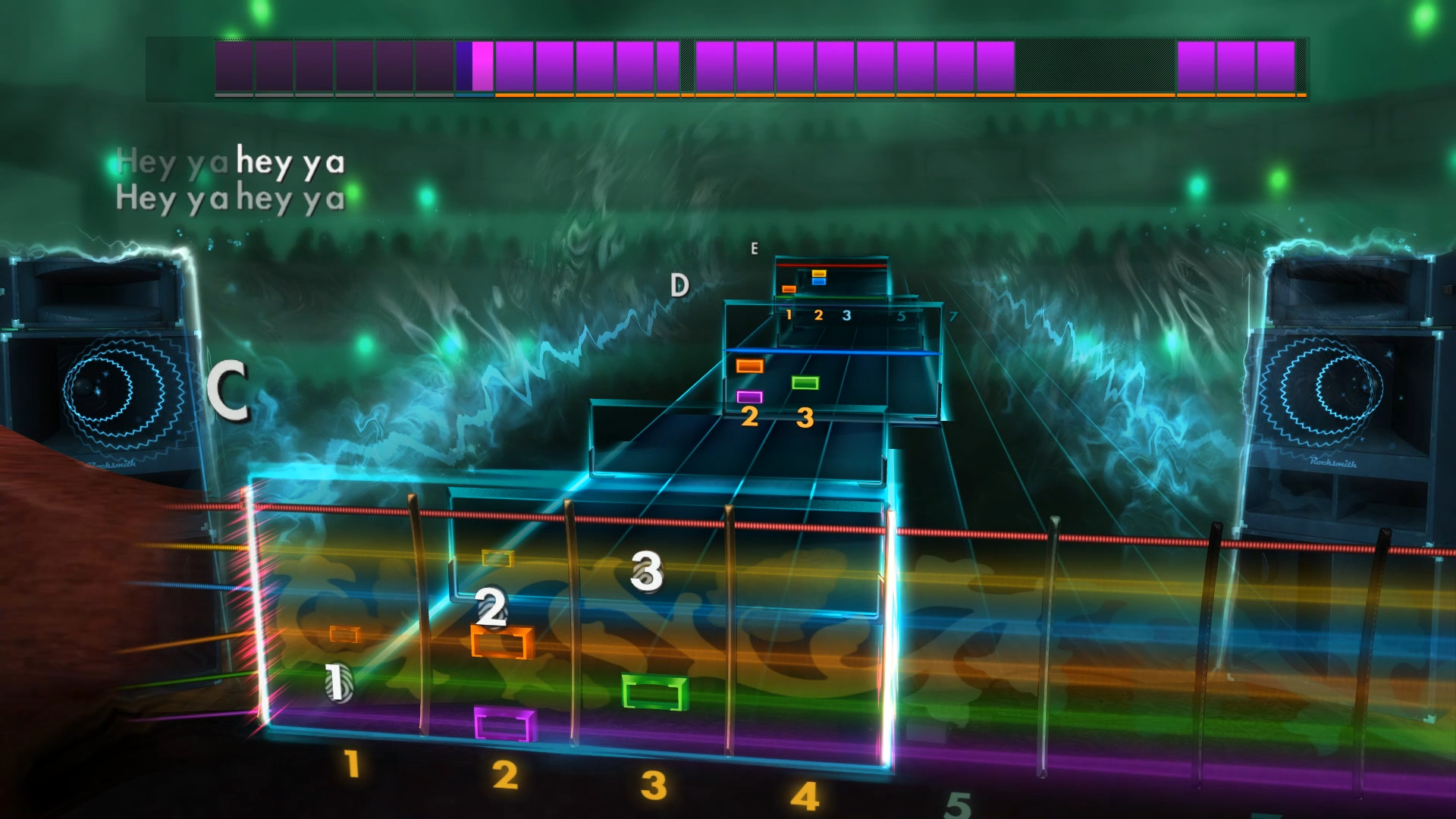
Kids everywhere realized Guitar Hero didn’t suddenly transform them into rockstars. Luckily in 2011 Ubisoft came up with a game called Rocksmith for people to actually learn guitar through videogames.
I was able to try the game’s 2014 remaster myself at some point. In addition to teaching you basic guitar techniques in a gamified fashion, Rocksmith enables you to learn any song on their catalog and slow down the tricky bits using the Riff Repeater. The process is so gradual thanks to dynamic difficulty settings that help you master a song at your own pace.
The part that actually helps with scales is a little minigame in their Guitarcade called Scale Warriors. In the game you help a bunch of street-fighter-type sprites attack their opponents and take minimal damage, but here’s the catch they can only move on squares that match the scale pattern you’re learning.

While I consider Scale Warriors to be a good method to help with your scales practice, a lot of people don’t. And here’s why; it has too many distracting elements and is not customizable (as e.g. the Riff Repeater). Practicing technique requires constant close attention to what you’re doing and tasks tailored to your needs.
Conclusion
It all boils down to a simple principle: practice makes perfect and perfect is permanent.
-
You want to practice attentively, not mindlessly.
-
You want to get constant feedback on what you’re doing to know whether you’re on the right tracks or not.
-
Since most of the time when you play Rocksmith, you’re on your own, this means you need to monitor yourself to gather feedback. That means: pay attention to your body, your mental state, and the sound you’re producing.
It’s important to keep practicing consistently whether you like to play like a pianist, with a metronome, learn the notes on the fretboard, and/or play videogames like Rocksmith. hat’s how to learn scales and memorize them.
—
keep it on Bythebarricade.com for tons of punk rock interviews, reviews, articles, and photos! Also, “Like” By the Barricade on Facebook to never miss a post.

